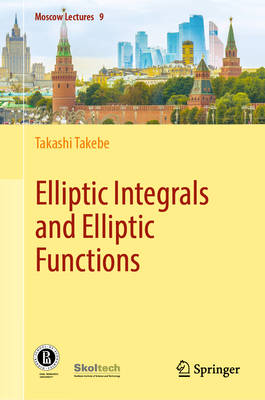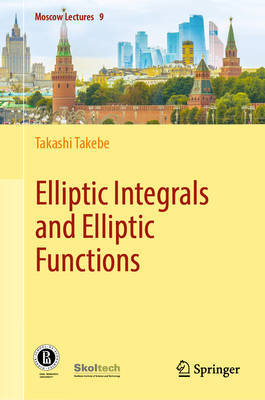
- Retrait gratuit dans votre magasin Club
- 7.000.000 titres dans notre catalogue
- Payer en toute sécurité
- Toujours un magasin près de chez vous
- Retrait gratuit dans votre magasin Club
- 7.000.0000 titres dans notre catalogue
- Payer en toute sécurité
- Toujours un magasin près de chez vous
Description
This book gives a comprehensive introduction to those parts of the theory of elliptic integrals and elliptic functions which provide illuminating examples in complex analysis, but which are not often covered in regular university courses. These examples form prototypes of major ideas in modern mathematics and were a driving force of the subject in the eighteenth and nineteenth centuries. In addition to giving an account of the main topics of the theory, the book also describes many applications, both in mathematics and in physics. For the reader's convenience, all necessary preliminaries on basic notions such as Riemann surfaces are explained to a level sufficient to read the book.
For each notion a clear motivation is given for its study, answering the question 'Why do we consider such objects?', and the theory is developed in a natural way that mirrors its historical development (e.g., 'If there is such and such an object, then you would surely expect this one'). This feature sets this text apart from other books on the same theme, which are usually presented in a different order. Throughout, the concepts are augmented and clarified by numerous illustrations.
Suitable for undergraduate and graduate students of mathematics, the book will also be of interest to researchers who are not familiar with elliptic functions and integrals, as well as math enthusiasts.
Spécifications
Parties prenantes
- Auteur(s) :
- Editeur:
Contenu
- Nombre de pages :
- 328
- Langue:
- Anglais
- Collection :
- Tome:
- n° 9
Caractéristiques
- EAN:
- 9783031302640
- Date de parution :
- 11-07-23
- Format:
- Livre relié
- Format numérique:
- Genaaid
- Dimensions :
- 156 mm x 234 mm
- Poids :
- 653 g

Les avis
Nous publions uniquement les avis qui respectent les conditions requises. Consultez nos conditions pour les avis.






